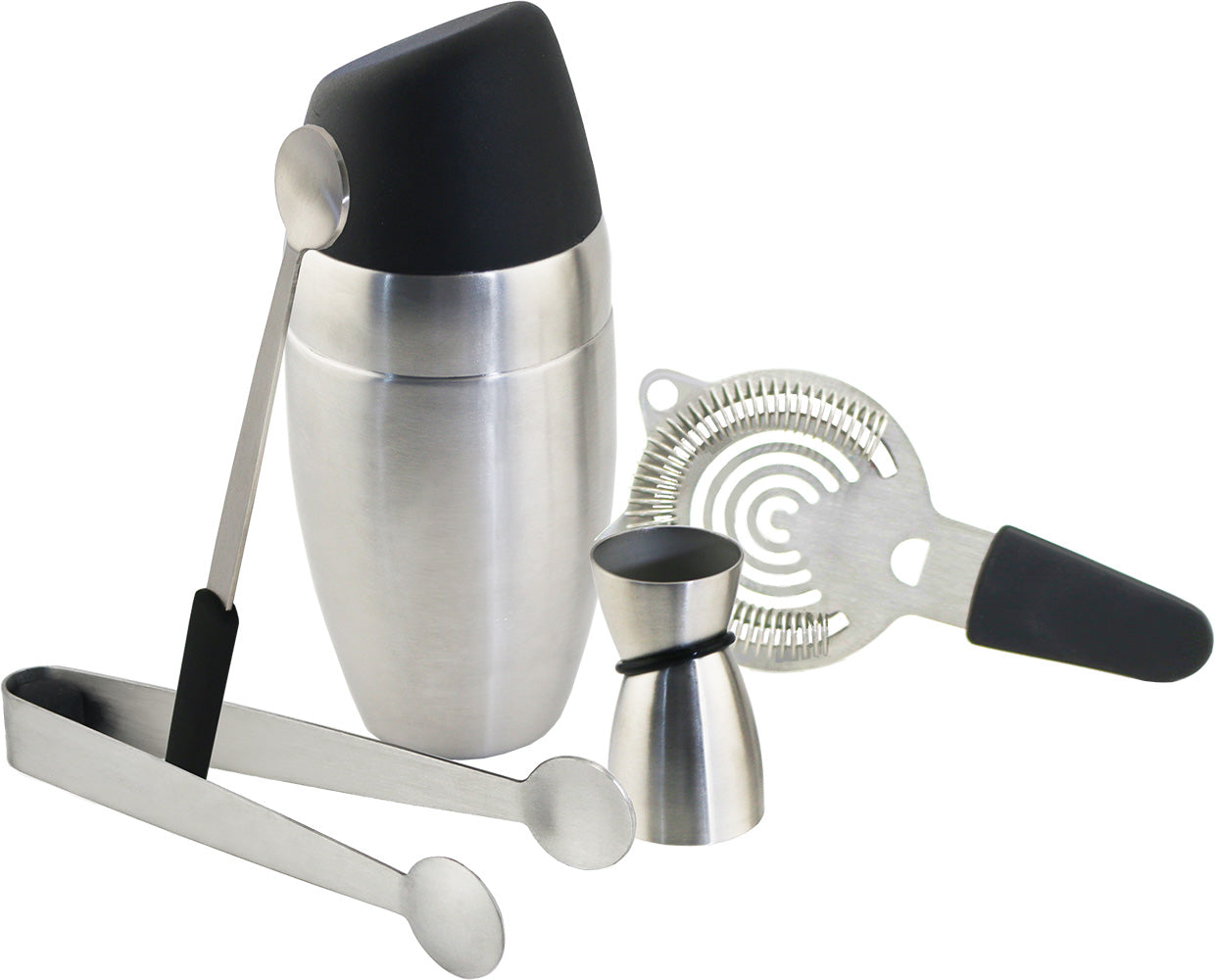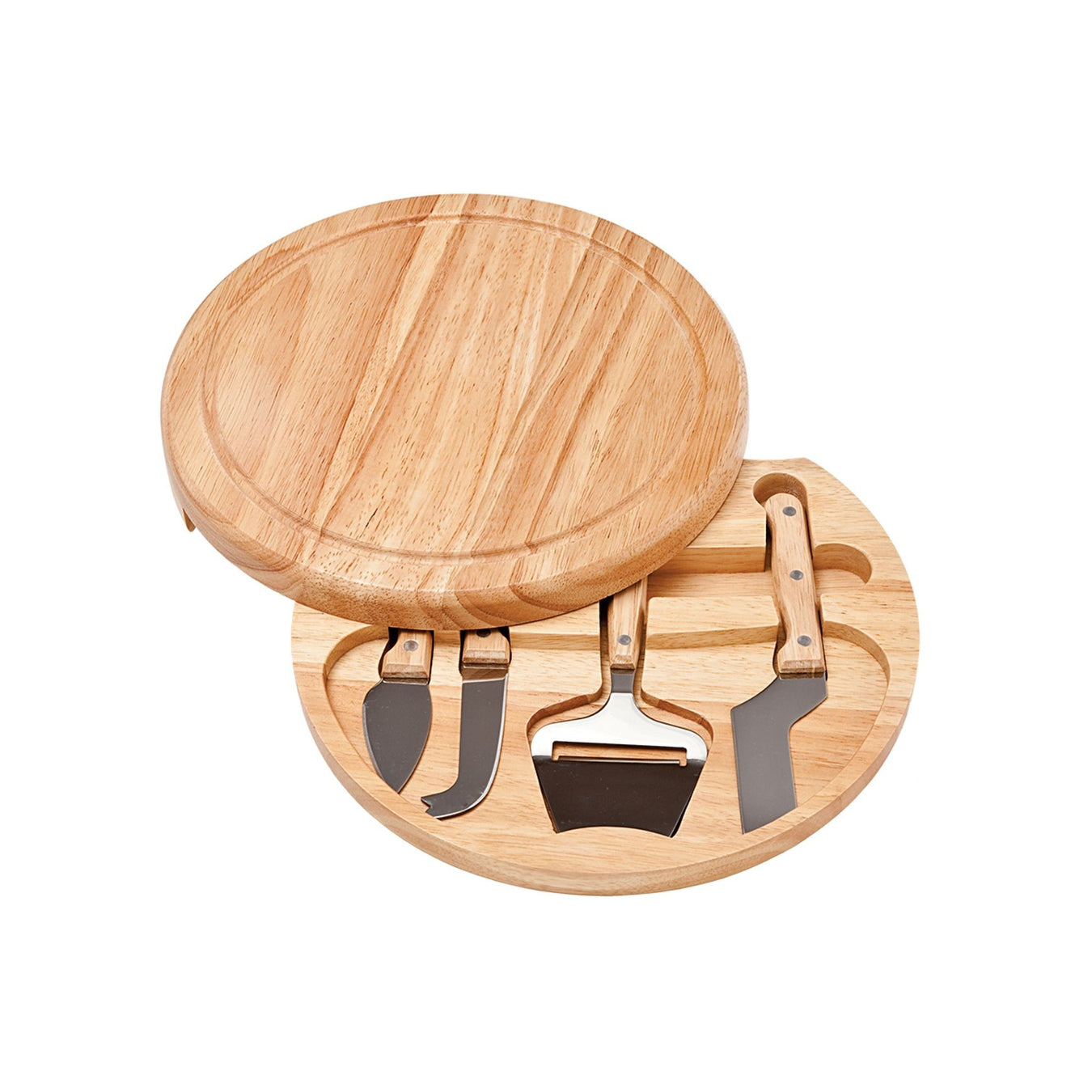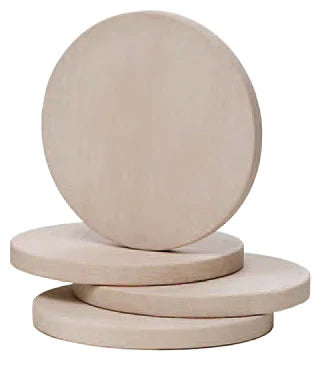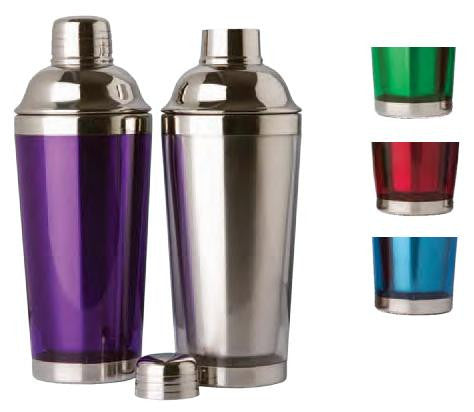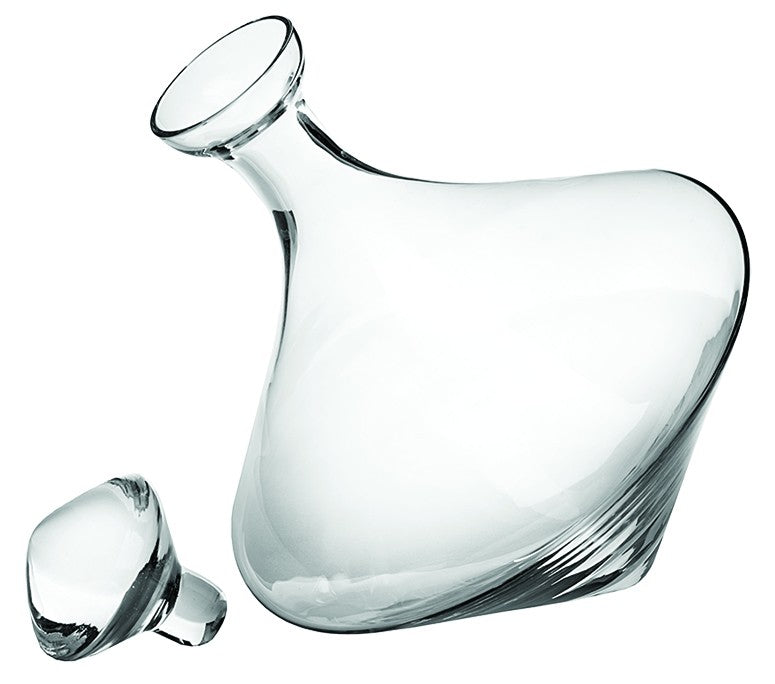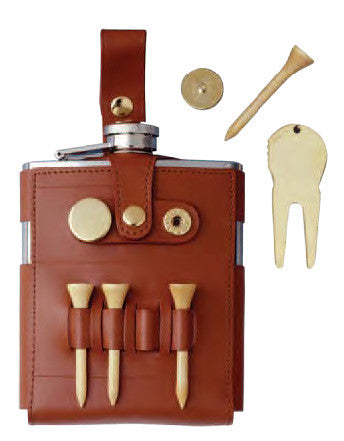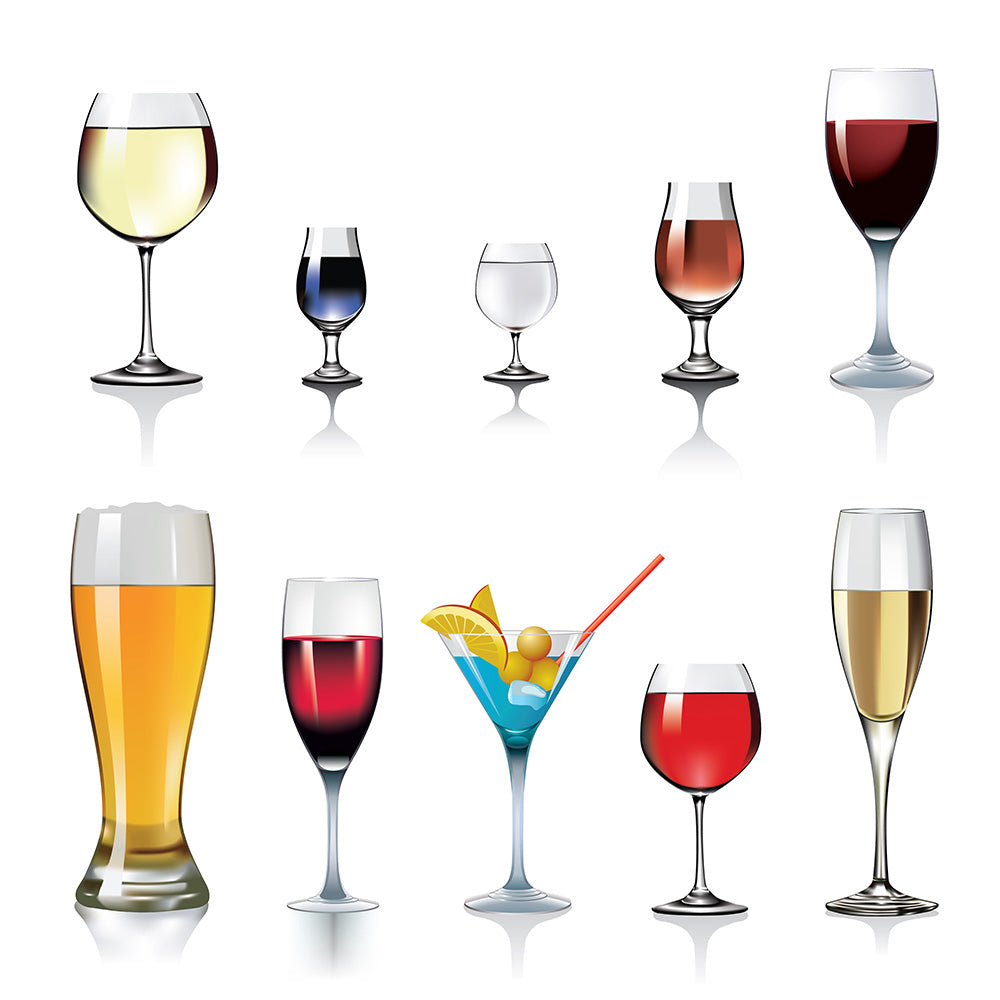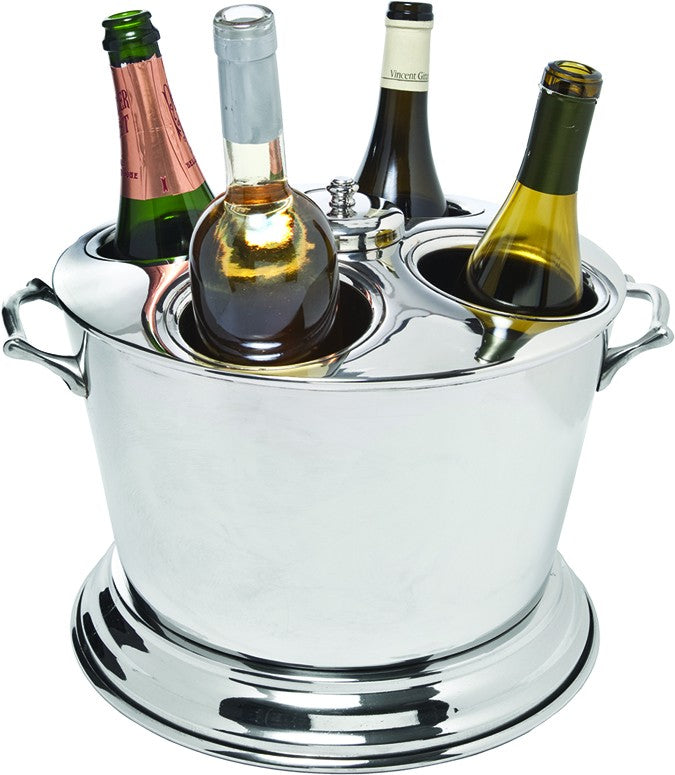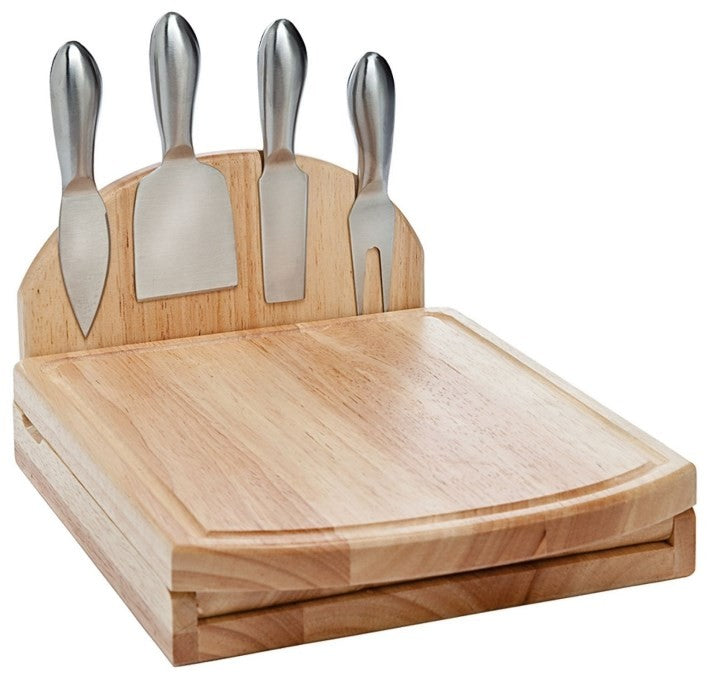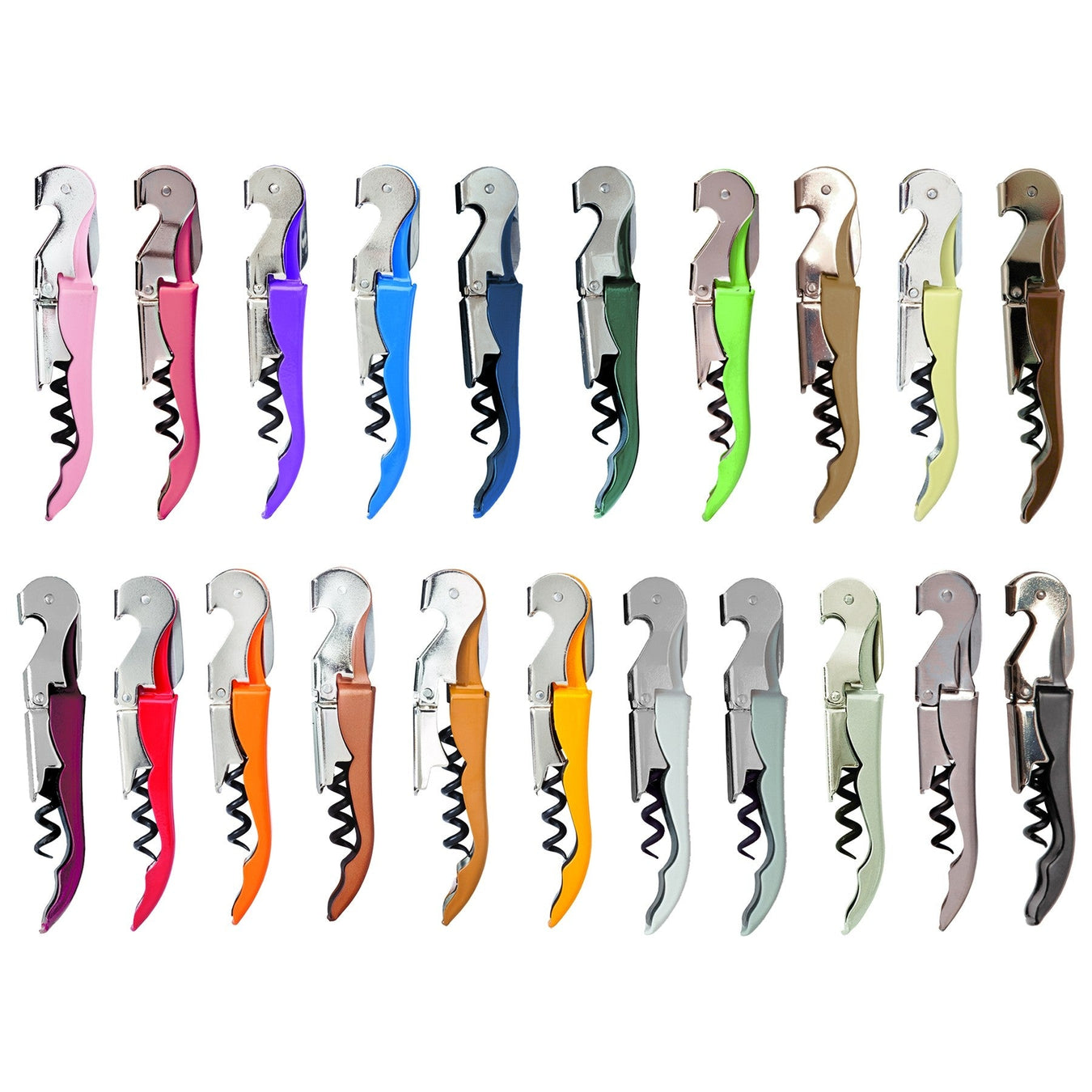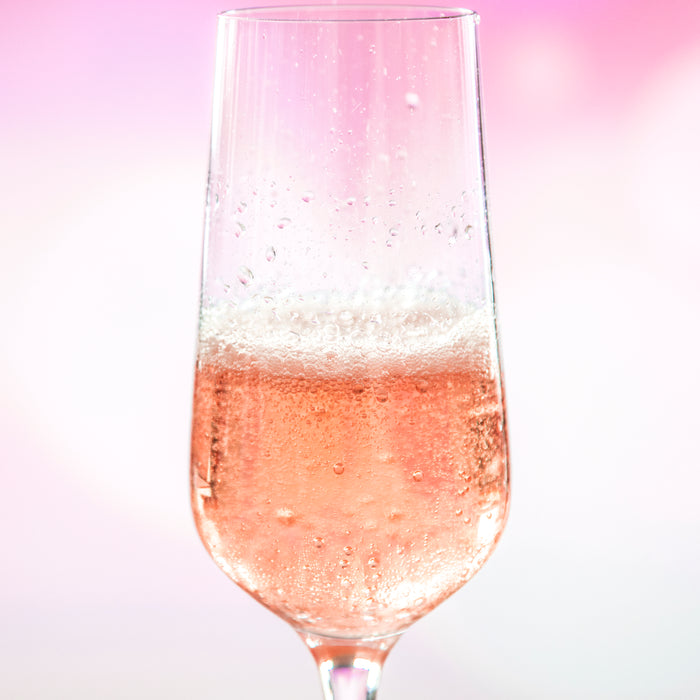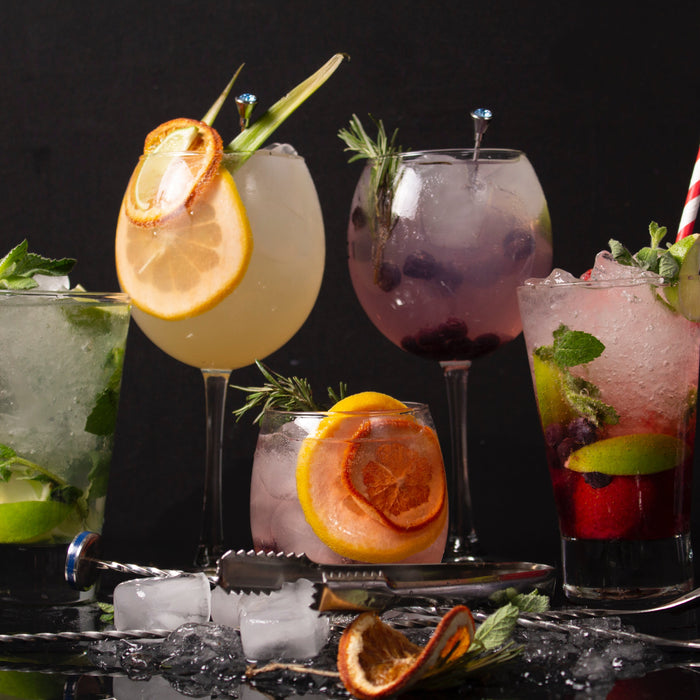Decanting Basics: From Choosing the Right Decanter to Pouring Technique
Overview
What is decanting?
Decanting is the process of transferring wine from its bottle to a decanter before serving. This allows the wine to separate from any sediment that may have formed and also allows it to breathe, enhancing its flavors and aromas. Decanting is commonly done for older red wines, which tend to have more sediment, but can also be done for younger wines to help them open up and reach their full potential. It is an essential step in the wine serving process that can greatly improve the overall enjoyment of the wine.
Why decant wine?
Decanting wine is a process that involves transferring the wine from its original bottle to a decanter. Decanting wine has several benefits that enhance the overall wine-drinking experience. Firstly, it allows the wine to breathe, which helps to release its aromas and soften its flavors. Secondly, decanting helps to remove any sediment that may have formed in the bottle over time. This ensures a clearer and smoother wine. Lastly, decanting can also help separate the wine from any potential cork particles, preventing them from ending up in your glass. Overall, decanting wine is a simple yet effective technique that can greatly improve the taste and presentation of your wine.
Benefits of decanting
Decanting wine has numerous benefits that enhance the overall drinking experience. By allowing the wine to come into contact with oxygen, decanting helps to unlock the flavors and aromas that may have been trapped in the bottle. This process also softens the tannins in red wines, making them smoother and more enjoyable to drink. Additionally, decanting can remove any sediment that may have formed in the wine, ensuring a clear and visually appealing pour. Overall, decanting is a simple yet effective technique that can greatly improve the quality and enjoyment of your wine.
Choosing the Right Decanter
Types of decanters
There are several types of decanters available, each with its own unique design and purpose. Some common types include:
-
Traditional decanters: These are the classic decanters with a wide base and a long neck. They are perfect for aerating young wines and removing sediment.
-
Aerating decanters: These decanters have a specially designed shape that maximizes the wine's exposure to air, allowing it to breathe and develop its flavors quickly.
-
Crystal decanters: Crystal decanters are known for their elegance and beauty. They are often used for serving and displaying fine wines.
When choosing a decanter, consider the type of wine you will be decanting and the purpose you want to achieve. Aesthetics, size, and ease of cleaning are also important factors to consider.
Material of decanters
When it comes to the material of decanters, there are several options to choose from. Each material has its own unique properties that can affect the taste and aroma of the wine. Crystal decanters are popular for their elegance and ability to showcase the wine's color. They are also known for their ability to enhance the flavors and aromas of the wine. Glass decanters are a more affordable option and are generally easy to clean. They are also less fragile than crystal decanters. Stainless steel decanters are a modern choice that is durable and easy to maintain. They are also known for their ability to keep the wine at the desired temperature. Porcelain decanters are another option, known for their ability to maintain the temperature of the wine. When choosing the material of your decanter, consider the type of wine you will be decanting and your personal preferences.
Considerations when choosing a decanter
When choosing a decanter, there are a few important considerations to keep in mind. Firstly, consider the size of the decanter, as it should be able to hold the entire bottle of wine with some room for aeration. Additionally, think about the shape of the decanter, as certain shapes can enhance the aroma and flavor of the wine. Lastly, consider the material of the decanter, as glass is the most common choice due to its transparency and ability to showcase the wine's color. By taking these considerations into account, you can ensure that you choose the right decanter to enhance your wine drinking experience.
Pouring Technique
Preparing the wine
Before decanting the wine, it is important to prepare it properly. This involves removing the bottle from any sources of heat or direct sunlight and allowing it to stand upright for a few hours to let any sediment settle at the bottom. Additionally, you can clean the decanter beforehand to ensure there are no impurities that could affect the taste of the wine. By taking these steps, you can ensure that the wine is in the best condition for decanting and that you will be able to fully appreciate its flavors and aromas.
Decanting process
The decanting process involves carefully transferring the wine from the bottle to the decanter, allowing it to oxygenate and separate any sediment. To begin the process, hold the decanter at a slight angle and slowly pour the wine down the side of the decanter. This gentle pouring technique helps to minimize the disturbance of any sediment and allows the wine to aerate as it flows into the decanter. Once all the wine has been transferred, let it sit for a few minutes to allow for further aeration. Finally, when pouring the wine from the decanter into individual glasses, hold the decanter by the neck to avoid warming the wine with your hand and to maintain better control over the pour. By following these steps, you can ensure that the wine is properly decanted and ready to be enjoyed.
Pouring the wine
Once the wine has been properly decanted, it is time to pour it into glasses. Gently hold the decanter by the neck to avoid warming the wine with your hands. Slowly and steadily, pour the wine into the glass, making sure to stop before reaching the sediment at the bottom of the decanter. This can be done by using a candle or a light source to illuminate the neck of the decanter and help you see when the sediment is about to be poured. It is important to pour the wine in a controlled manner to prevent any splashing or spilling. Serve immediately and enjoy the beautifully decanted wine. Cheers!
Conclusion
Final thoughts
In conclusion, decanting is a time-honored practice that enhances the overall wine-drinking experience. By allowing the wine to breathe and separate from any sediment, decanting can improve the aroma, flavor, and texture of the wine. When choosing a decanter, consider the type and material that best suits your needs. Remember to prepare the wine properly before decanting and follow the correct pouring technique to ensure a smooth and enjoyable process. So, next time you open a bottle of wine, don't forget to decant and savor the full potential of your favorite vintages!
Tips for decanting
When it comes to decanting, there are a few tips that can greatly enhance your experience. First, make sure to clean your decanter thoroughly before use to avoid any unwanted flavors or aromas. Additionally, pour the wine slowly and steadily to prevent any sediment from entering the glass. Finally, let the wine breathe for a sufficient amount of time before serving to fully unlock its flavors and aromas. By following these tips, you can ensure that your decanted wine is enjoyed to its fullest potential.
Enjoying the decanted wine
After decanting the wine, it is important to savor the flavors and aromas that have been enhanced through the decanting process. Take your time to appreciate the wine's complexity and depth. You can also pair the decanted wine with complementary dishes to enhance the overall dining experience. Remember to serve the wine at the appropriate temperature and use proper glassware to fully enjoy its characteristics. Cheers to a delightful wine journey!



